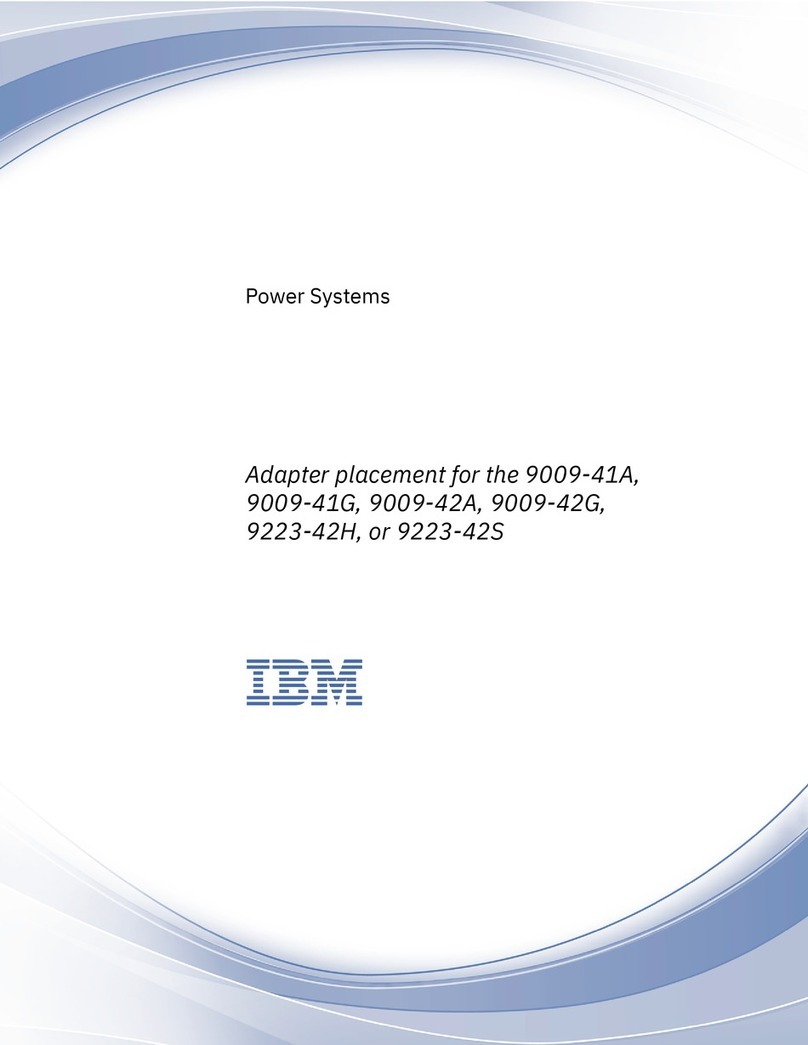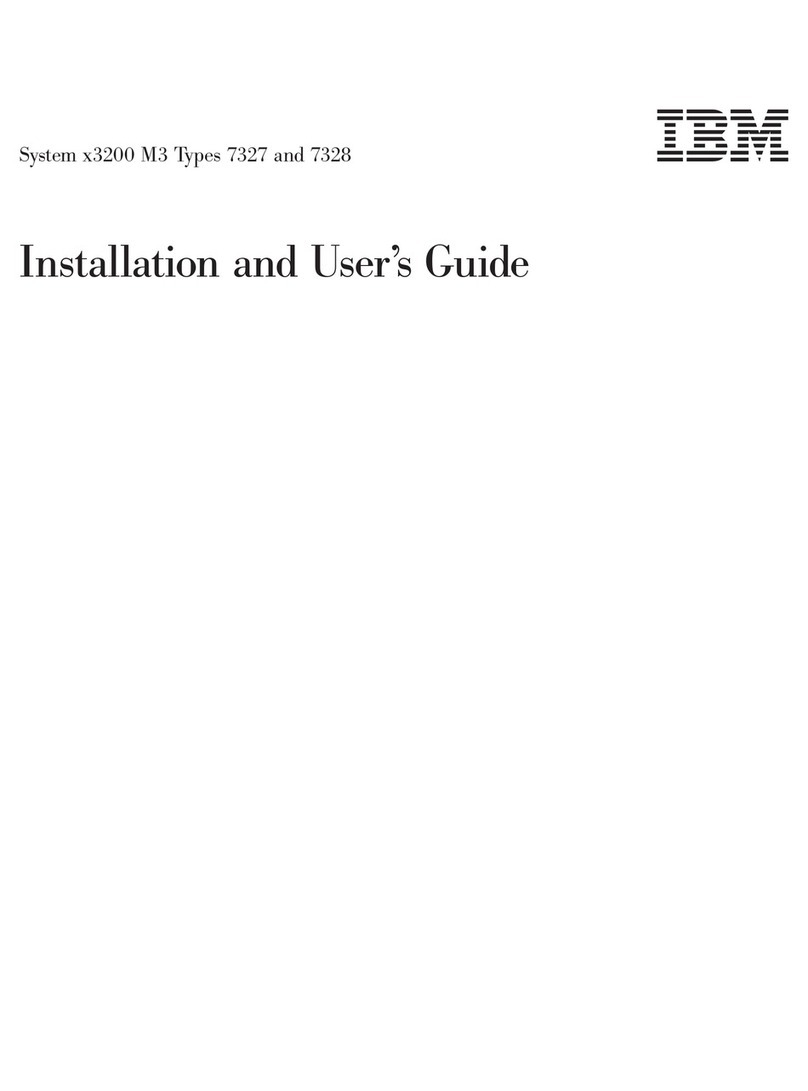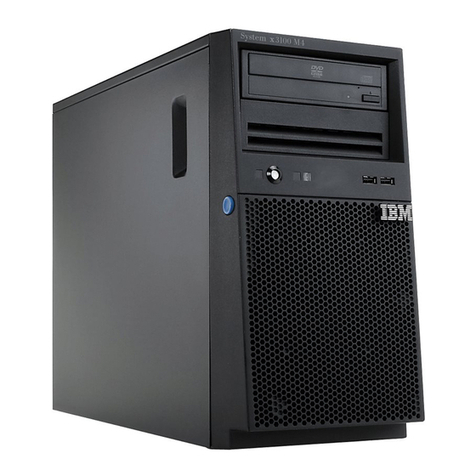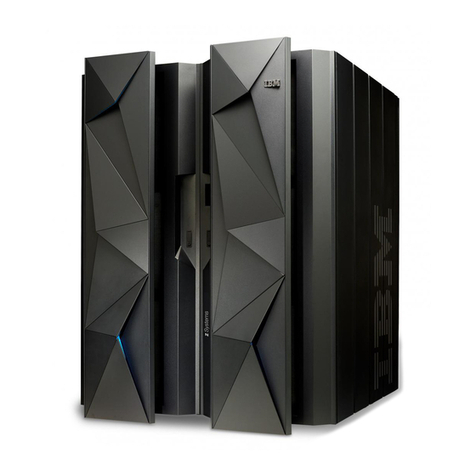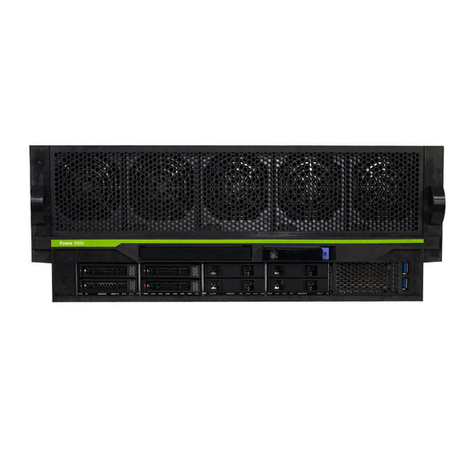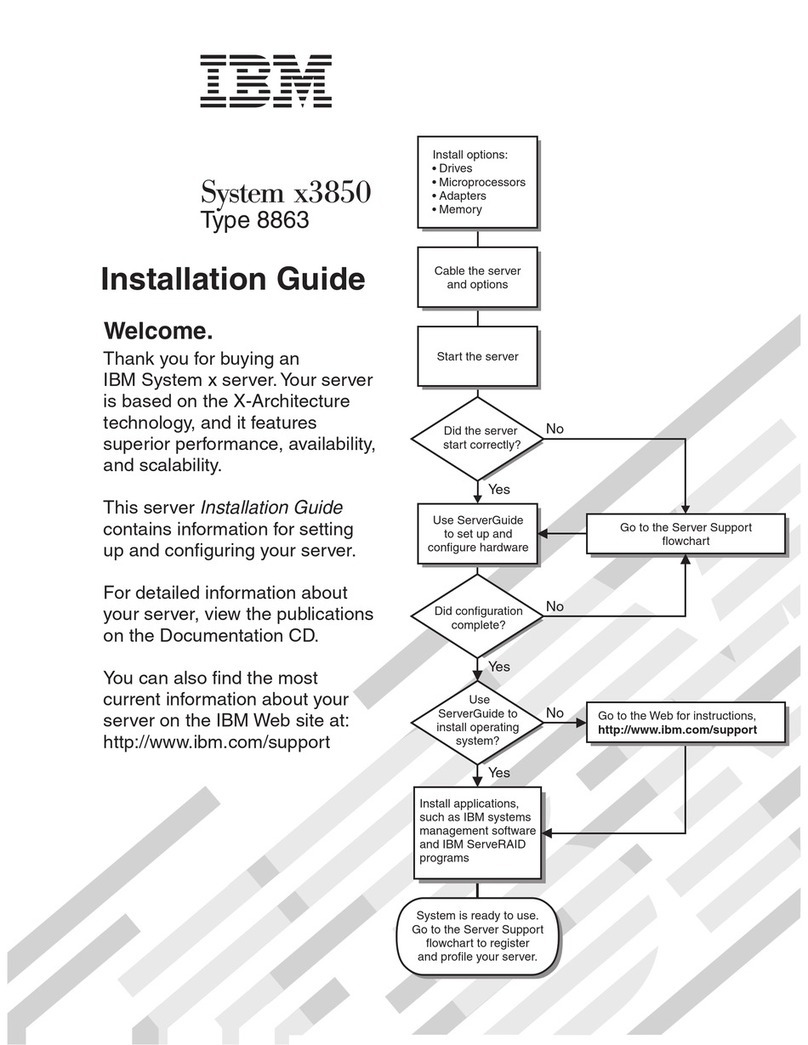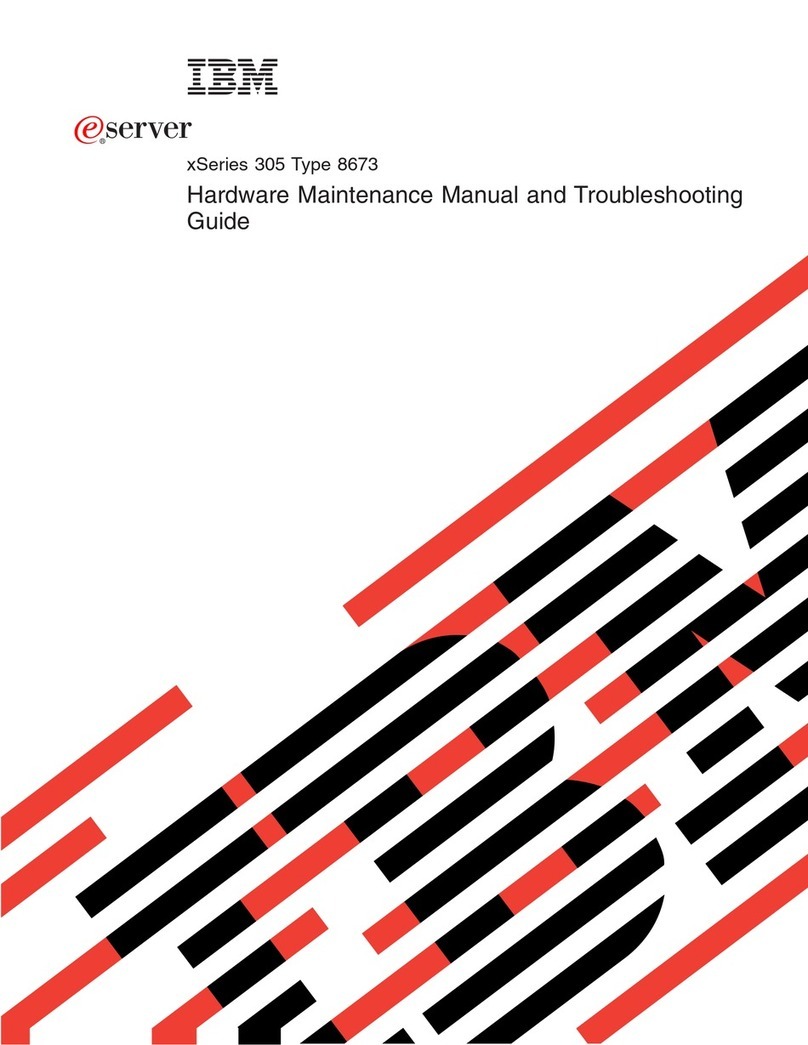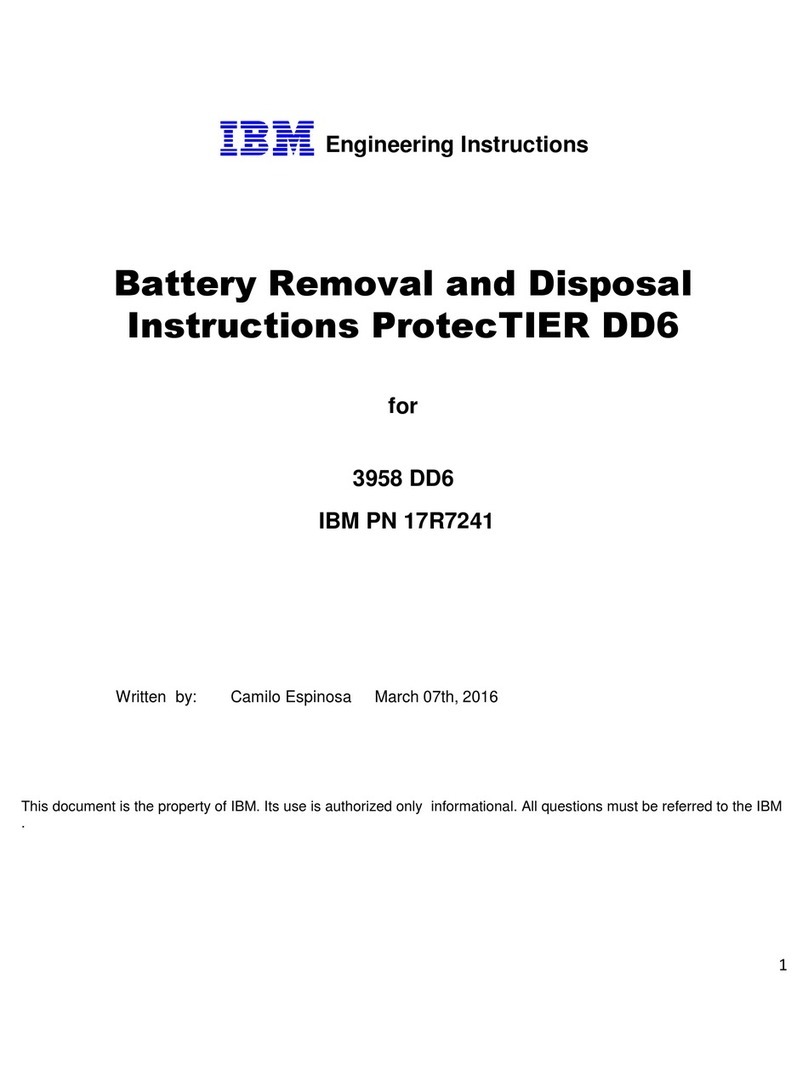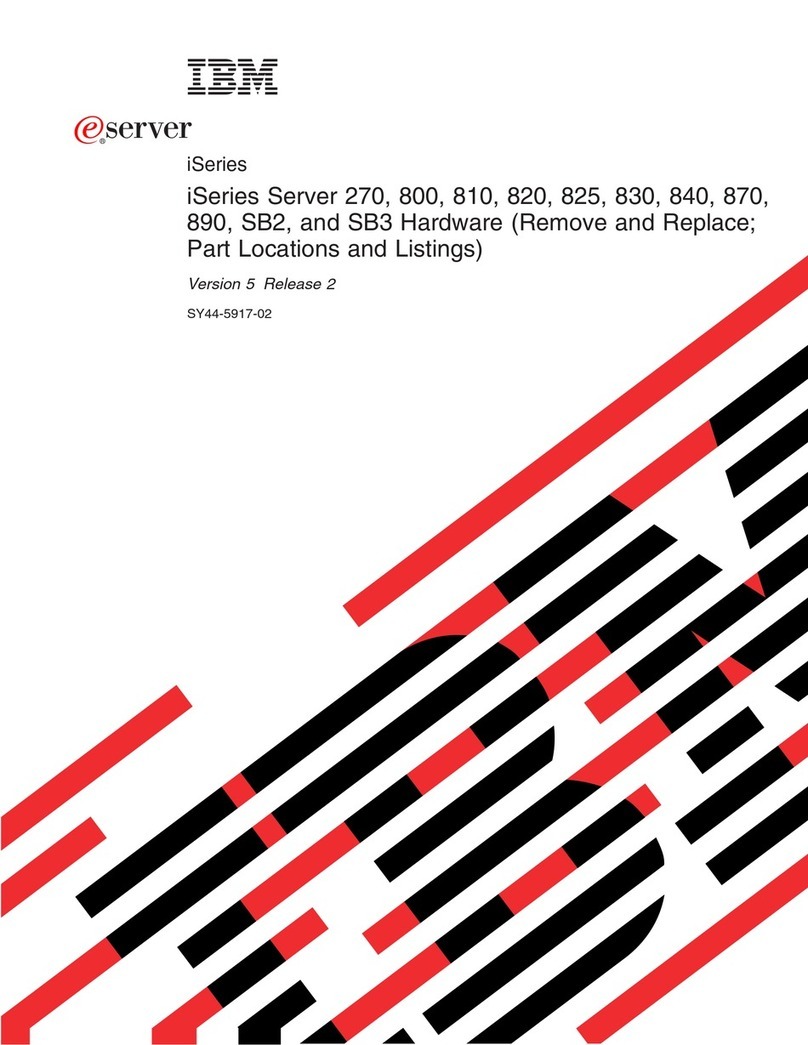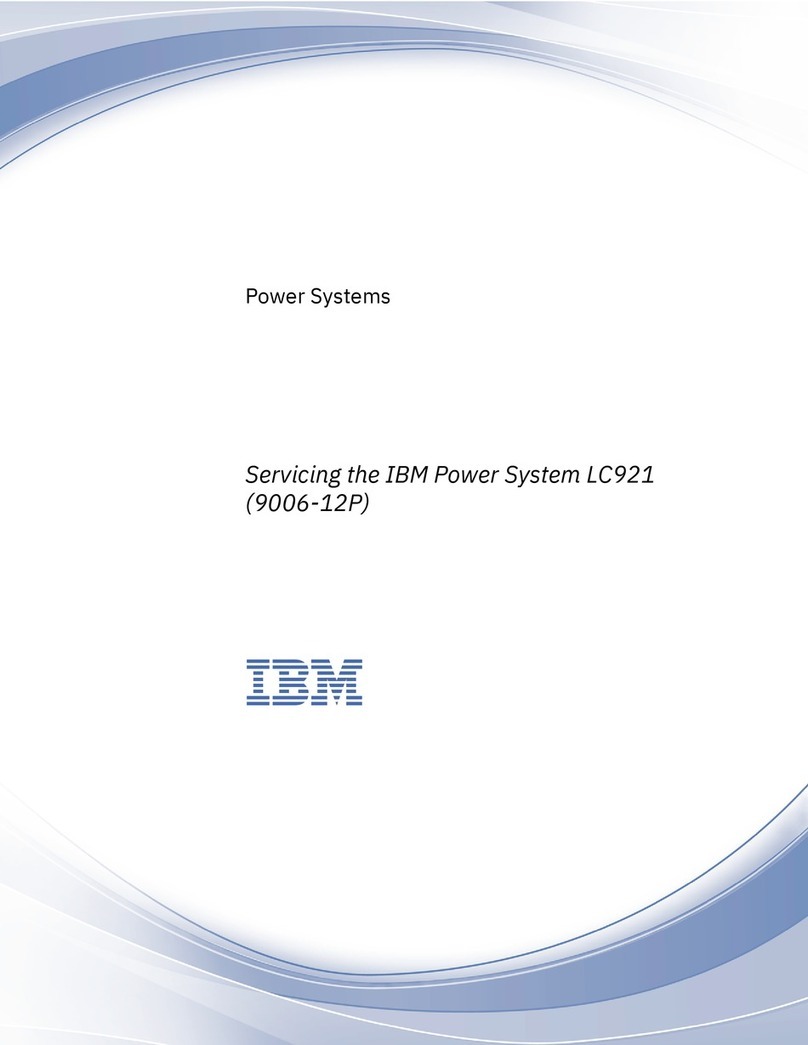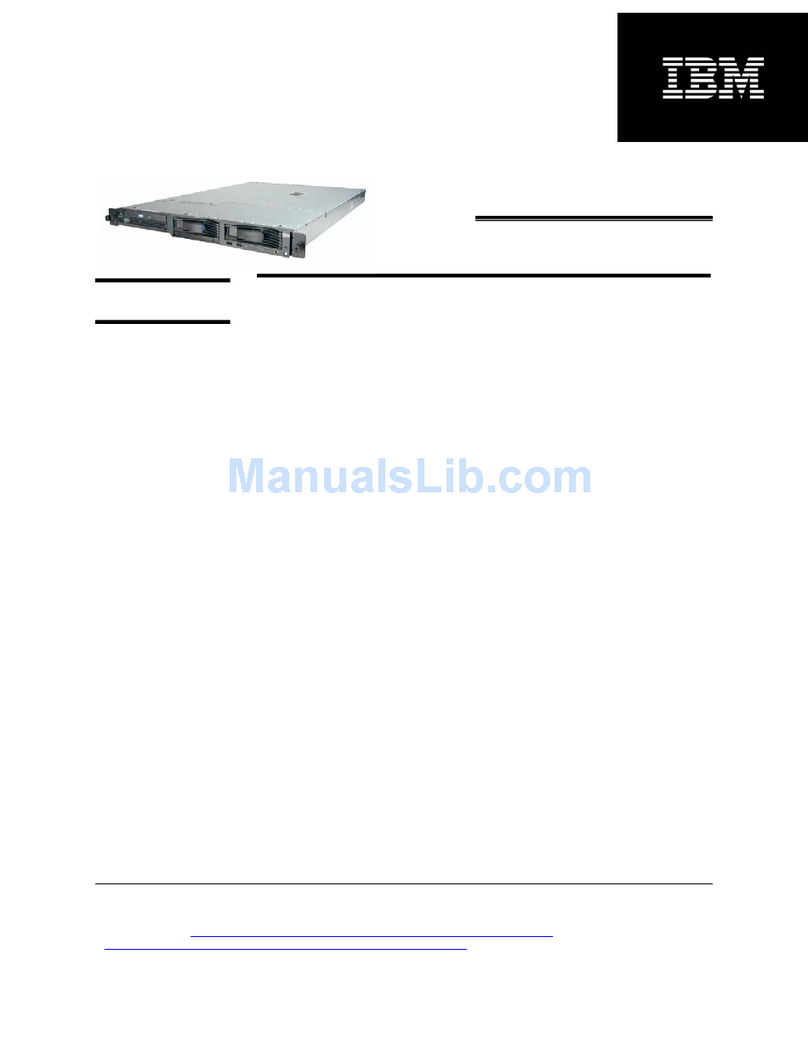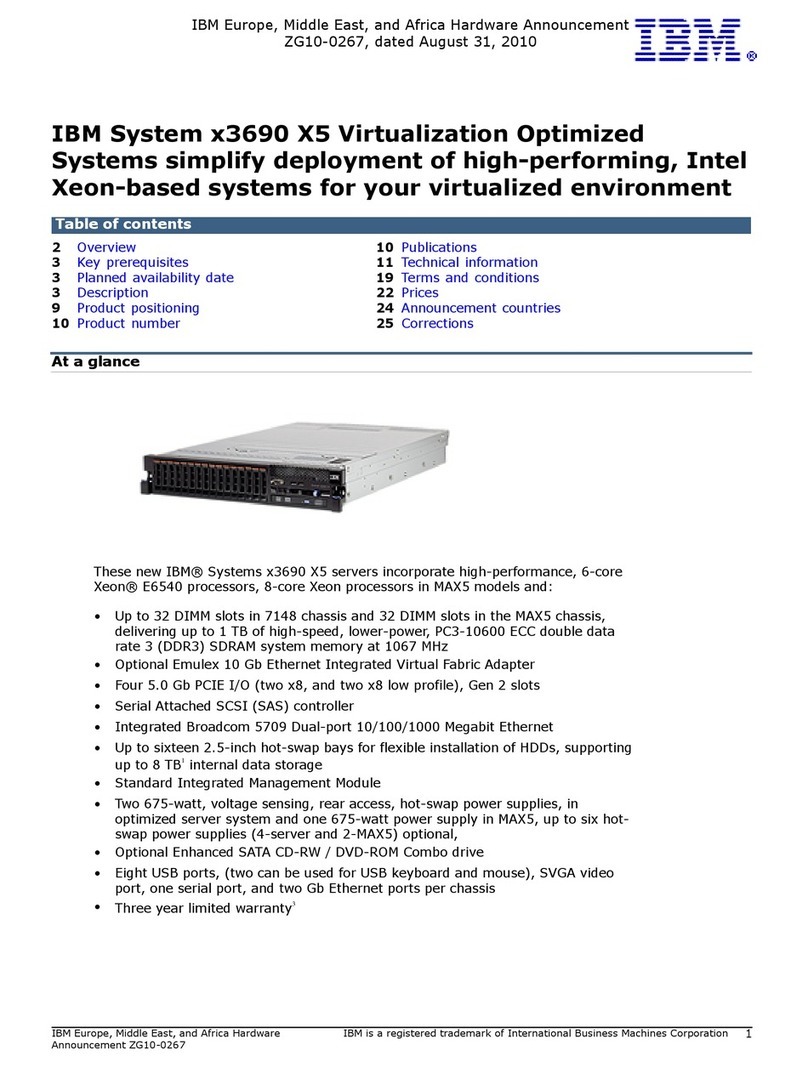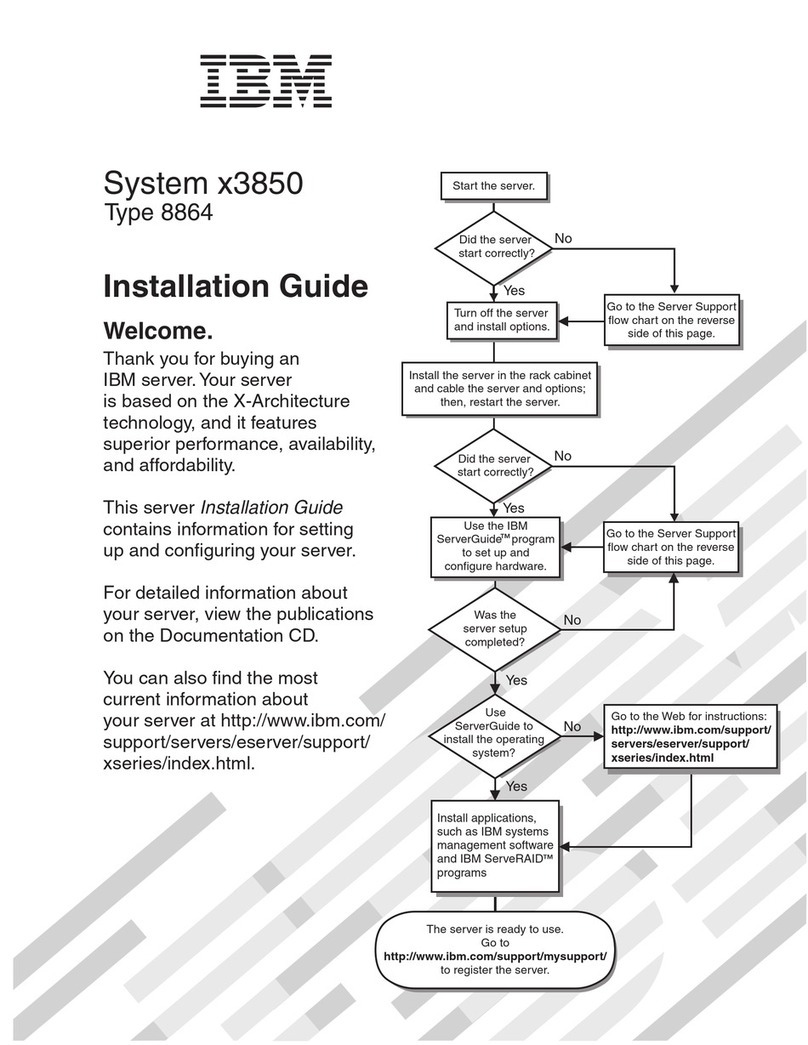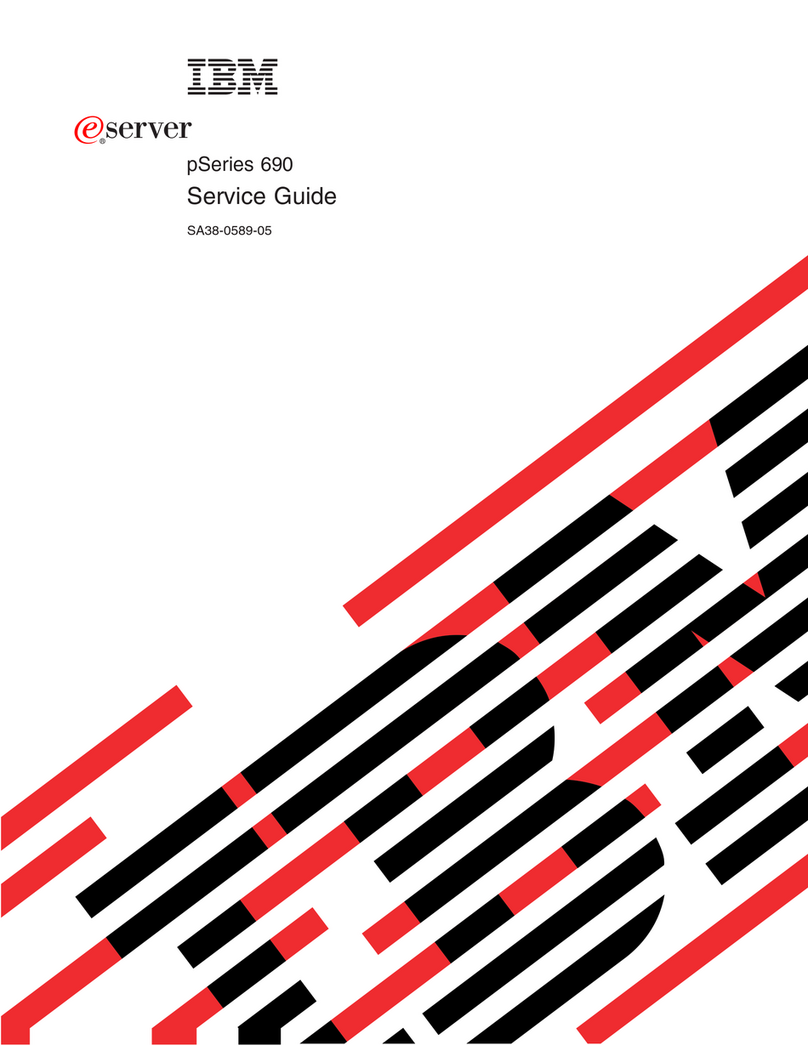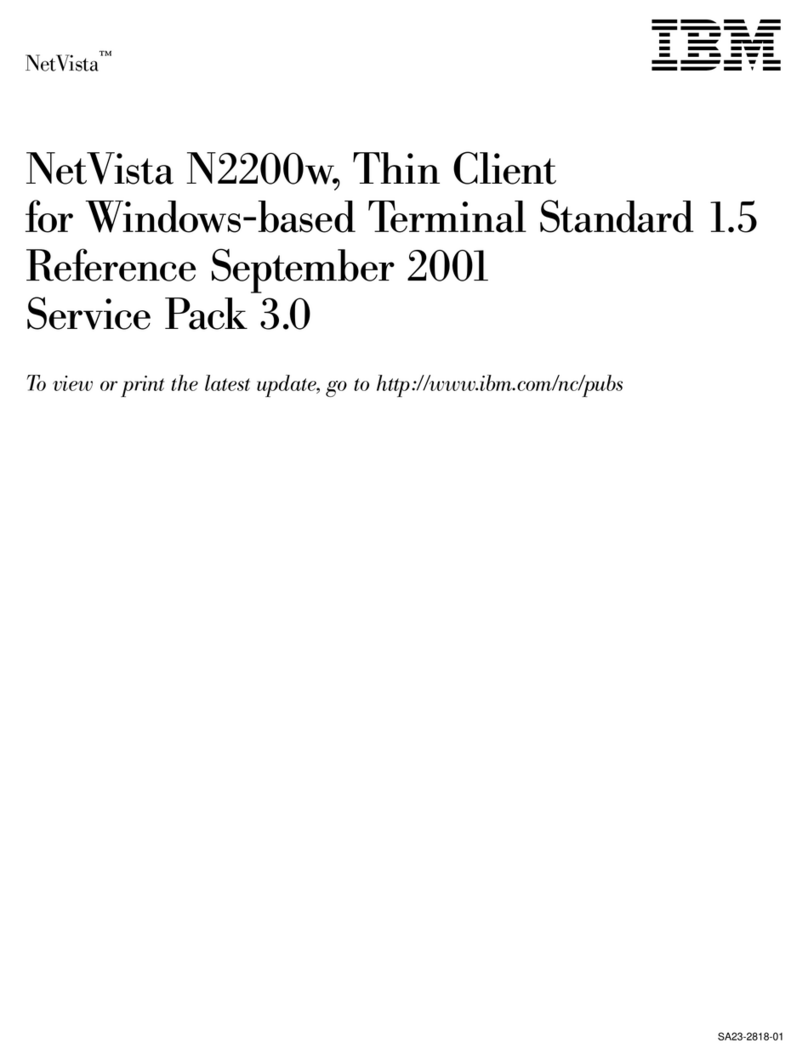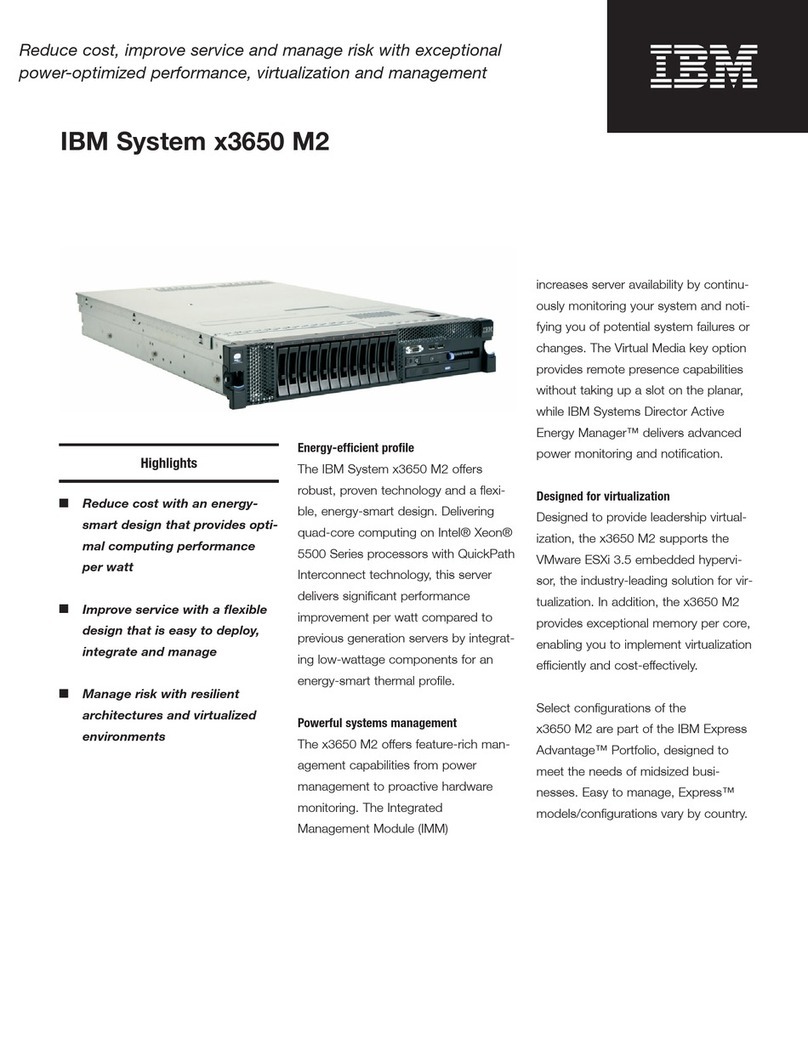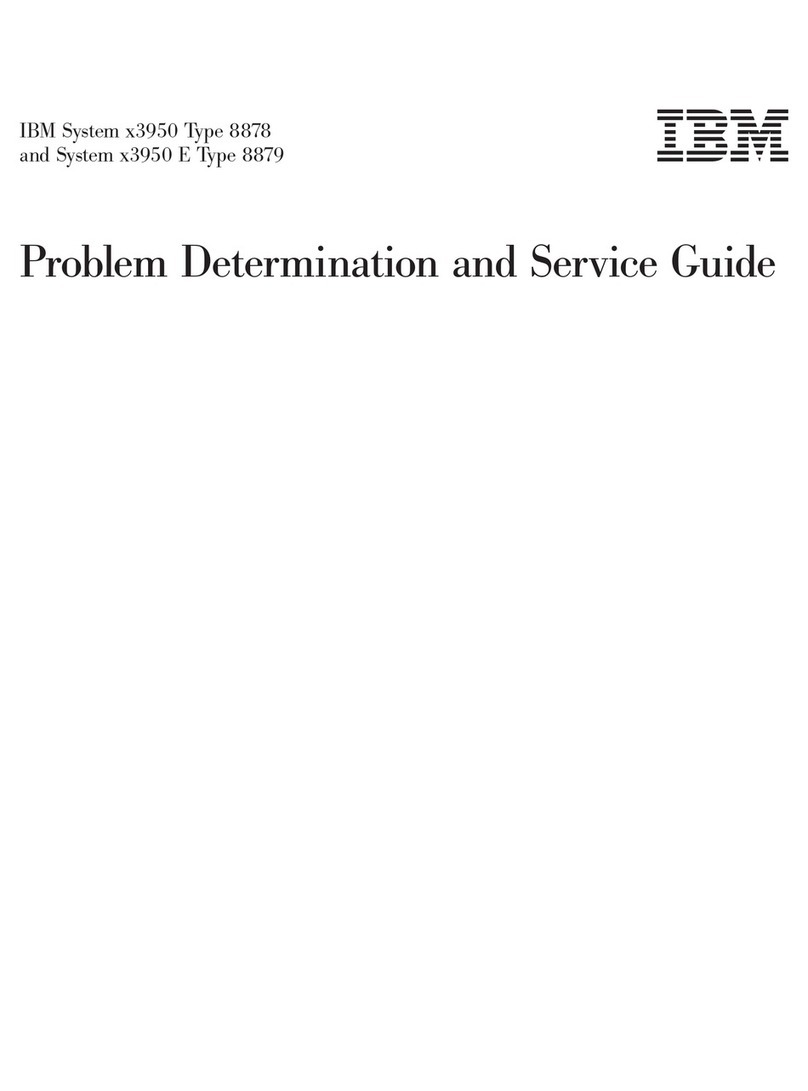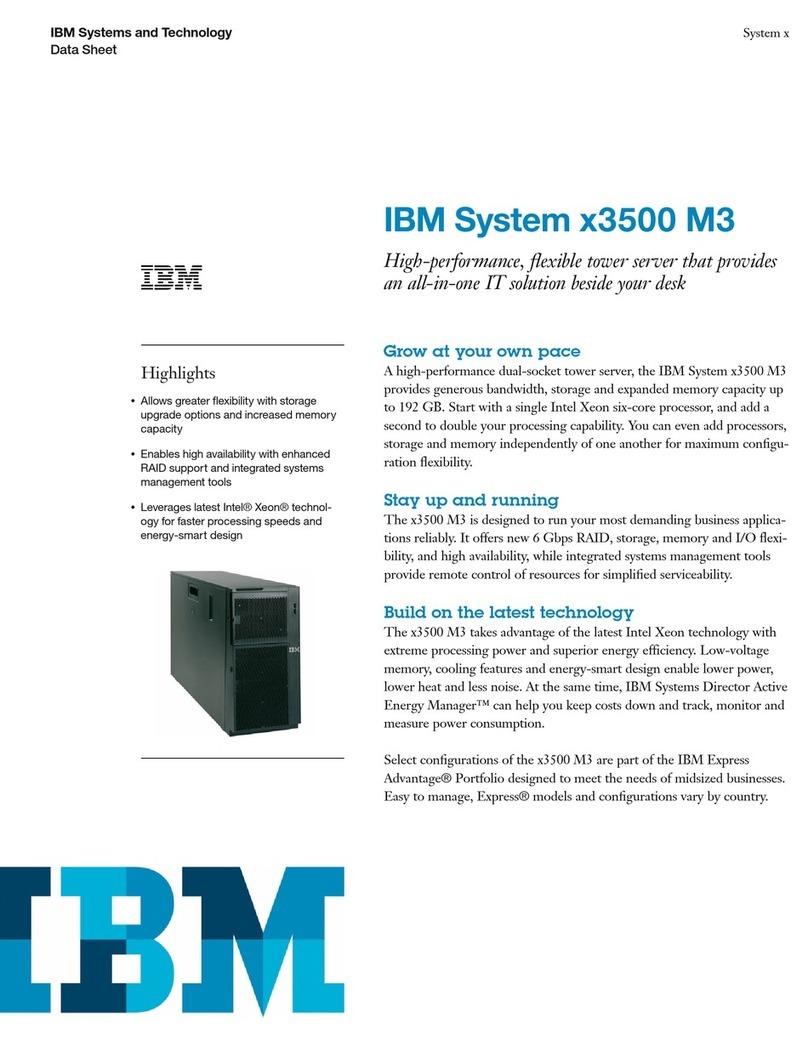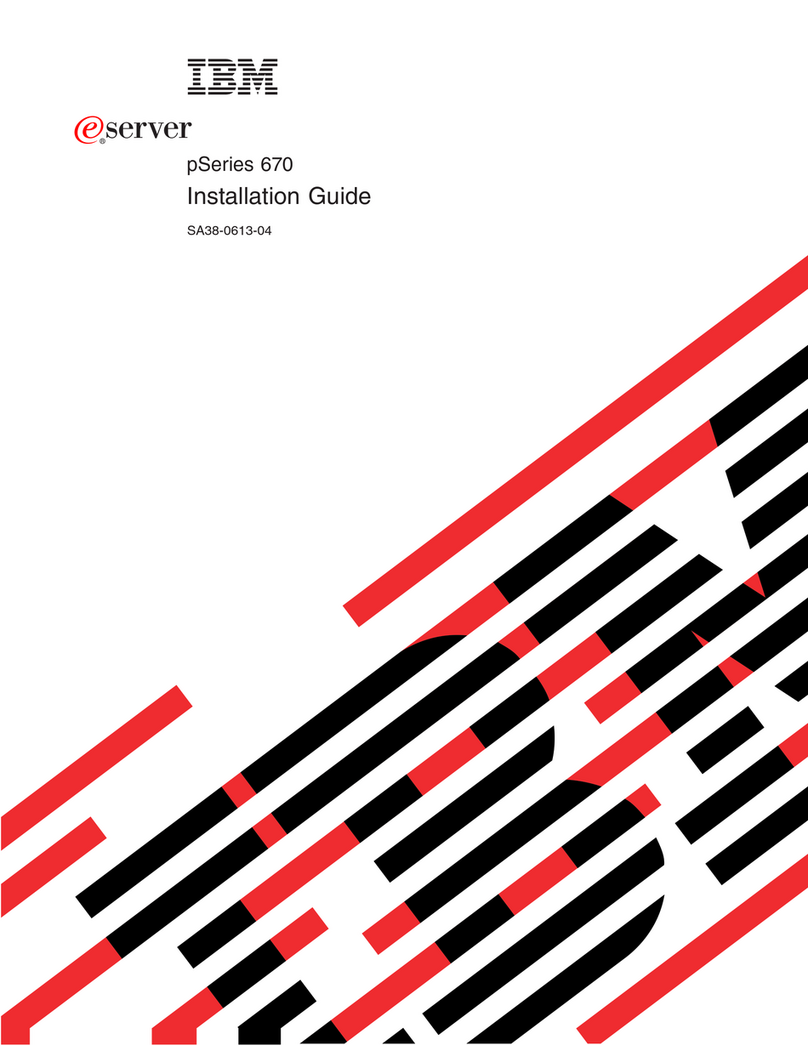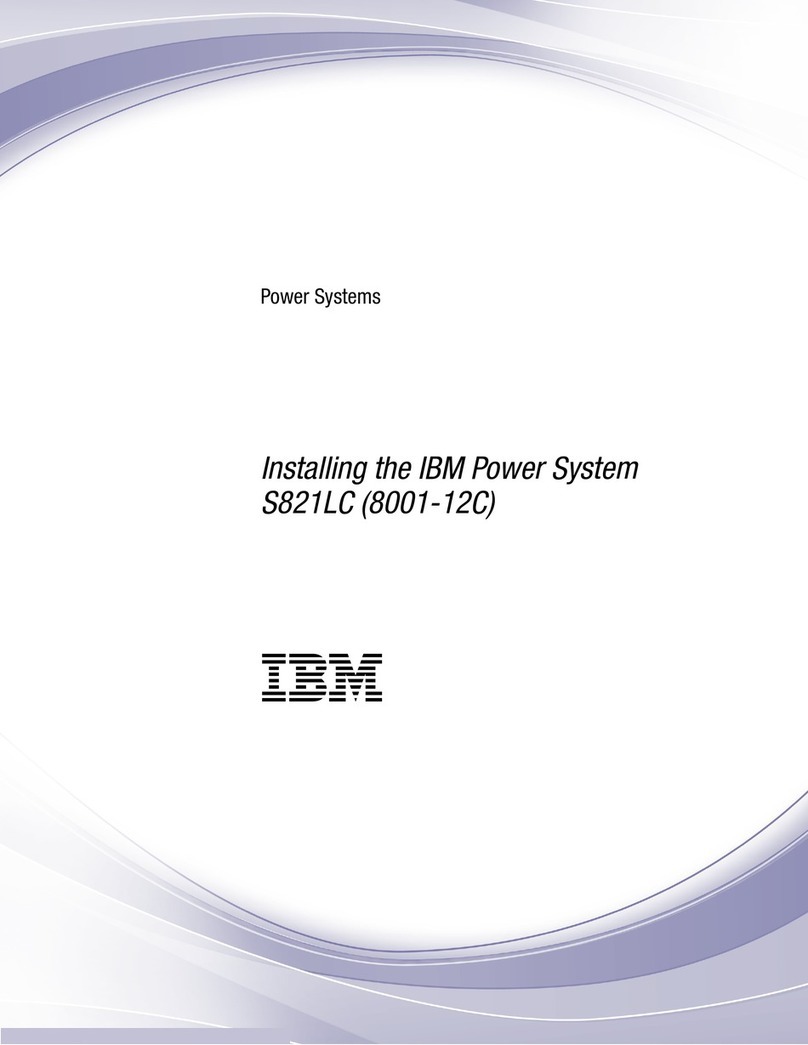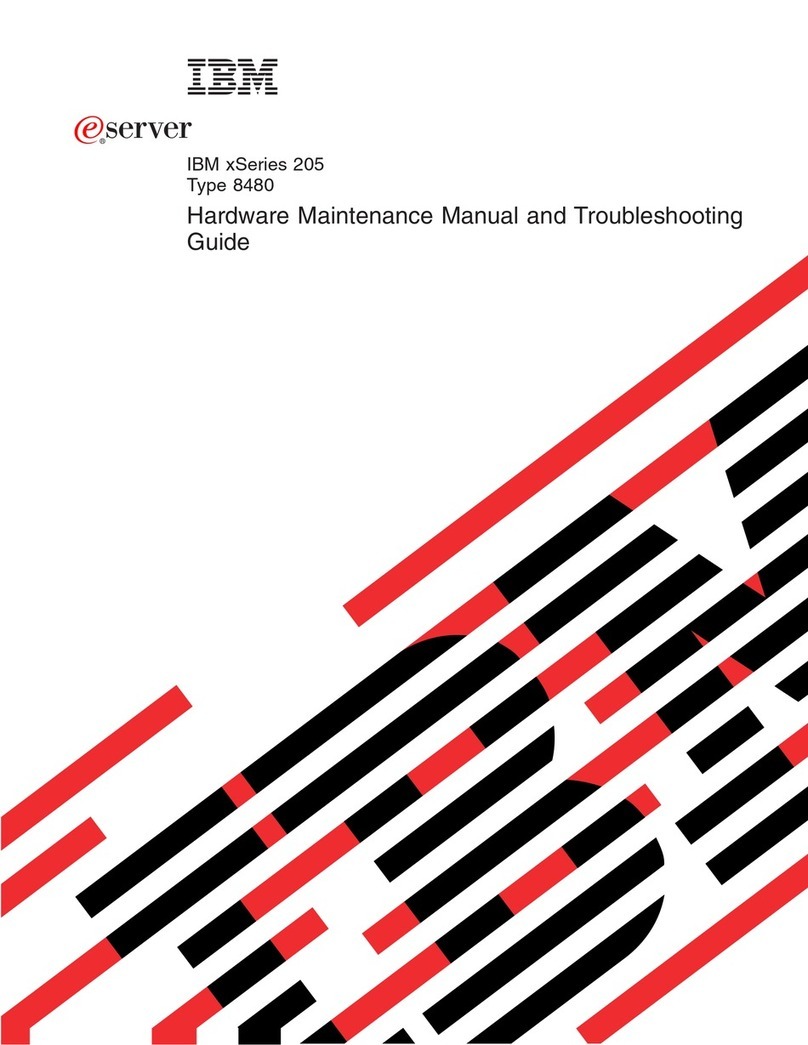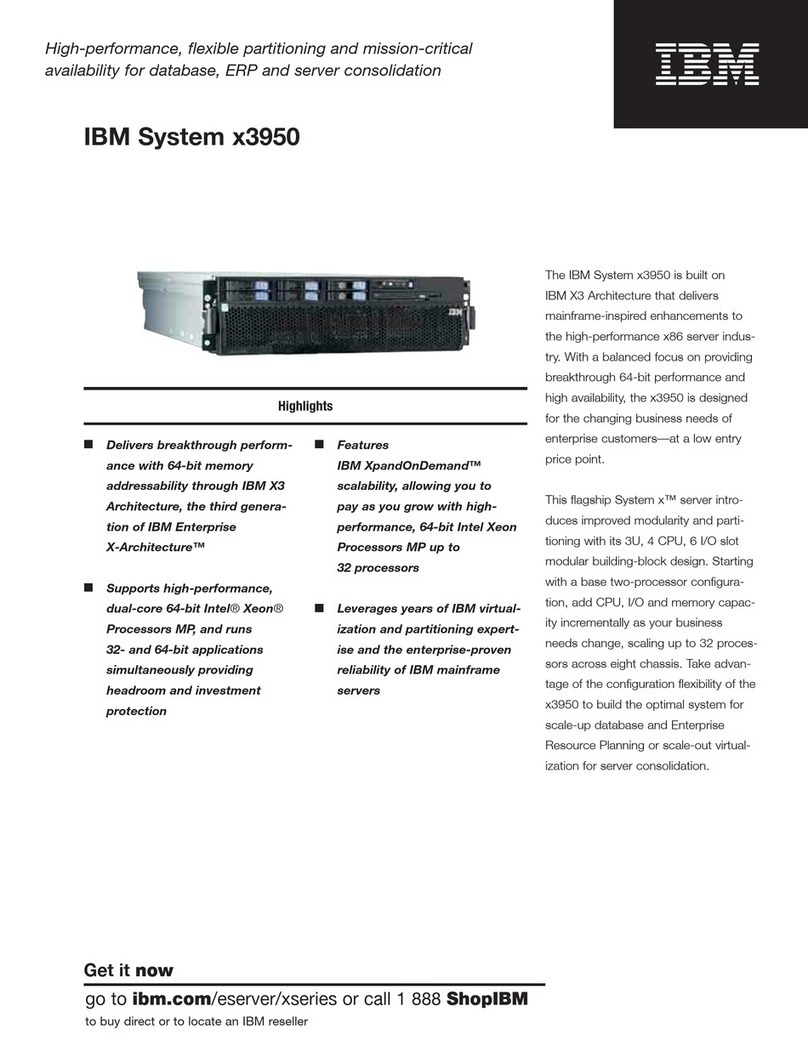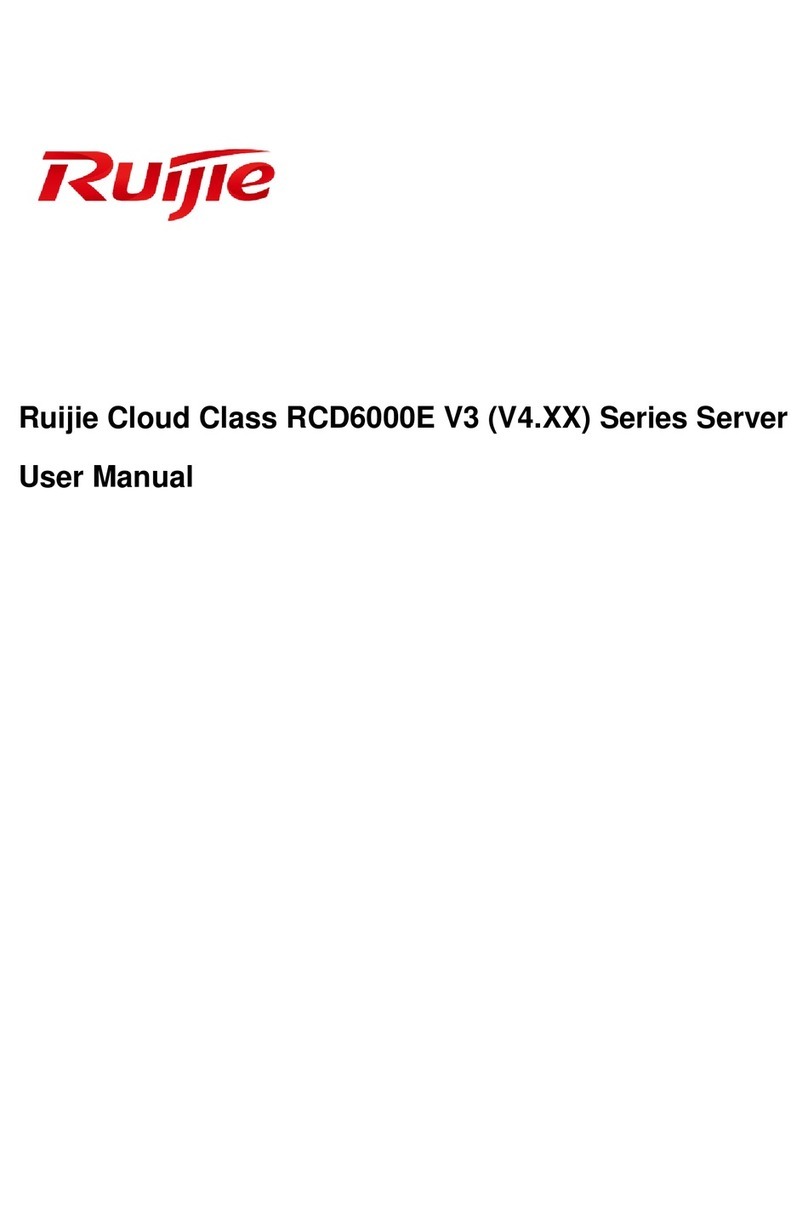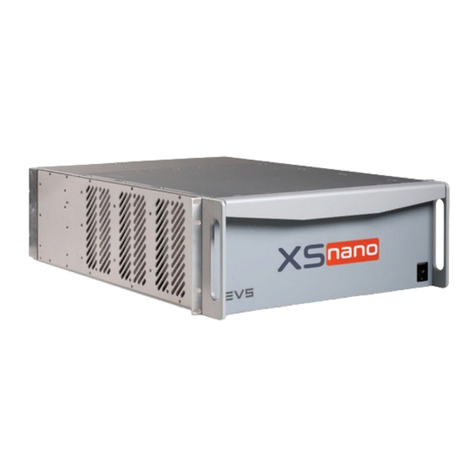
Keyboard connector ......................53
Parallel port connector .....................53
Serial-port connectors .....................53
Universal Serial Bus connectors .................54
Video connector .......................54
Chapter 4. Service replaceable units ................55
Microprocessor removal .....................56
Thermal grease.........................58
Operator information panel (external LED card) .............59
Diagnostics panel card ......................61
Power reset card ........................62
Diskette drive .........................63
CD-ROM drive .........................64
Hard disk drive backplane .....................65
Power supply cage assembly ...................66
Center-fan and adapter-support bracket................67
Center-fan support bracket (dual fan guide) .............69
Adapter-support bracket ....................70
Front fan housing (PCI fan guide) ..................72
Front USB connector assembly ...................73
Switch card assembly ......................74
System board .........................76
System-board internal connectors ..................78
System-board internal cable connectors................79
System-board switches and jumpers .................80
System-board external connectors..................82
System-board LEDs .......................83
Light path diagnostics panel ....................84
Chapter 5. Diagnostics .....................87
General checkout ........................87
Checkout procedure .......................88
Diagnostic tools overview .....................89
POST error logs ........................90
Viewing error logs from the Configuration/Setup Utility program ......90
Viewing error logs from the diagnostic programs ...........90
Diagnostic programs, error codes and messages ............91
Diagnostic text message format..................91
Starting the diagnostic programs .................92
Light path diagnostics ......................93
Power-supply LEDs .......................95
Updating the BMC firmware ....................95
Resetting the BMC firmware ....................96
Small computer system interface messages ..............97
Recovering the BIOS code ....................97
Erasing alost or forgotten password (clearing CMOS memory) .......99
Updating Remote Supervisor Adapter II SlimLine firmware ........ 100
Power checkout ........................ 100
Troubleshooting the Ethernet controller ............... 101
Network connection problems .................. 101
Ethernet controller troubleshooting chart .............. 101
Ethernet controller messages .................. 102
Chapter 6. Symptom-to-FRU index ................ 103
Beep symptoms ........................ 104
vi xSeries 236 Type 8841: Hardware Maintenance Manual and Troubleshooting Guide
